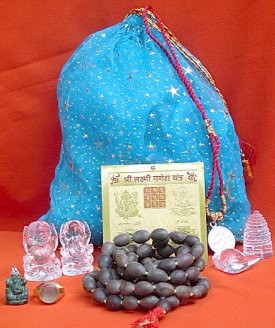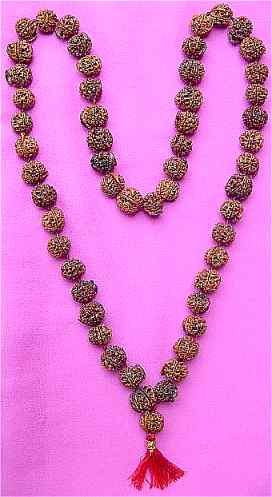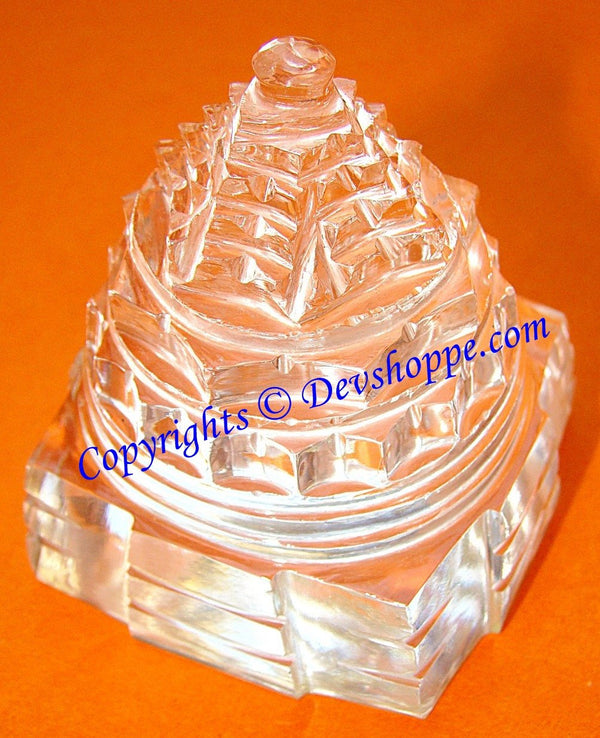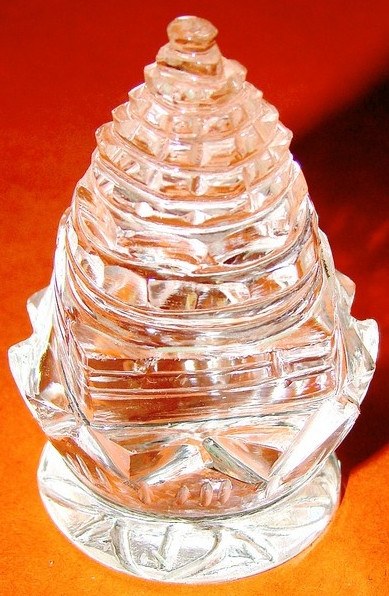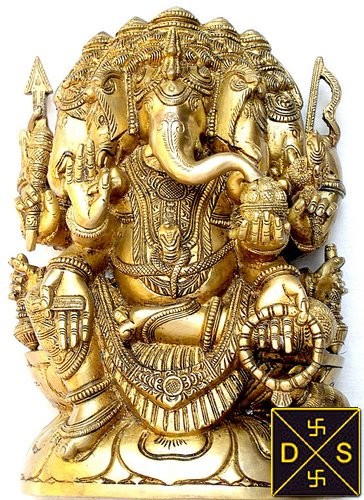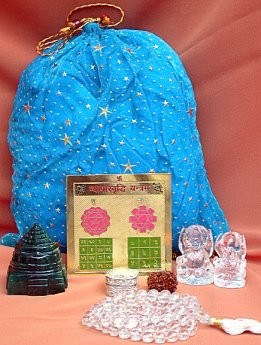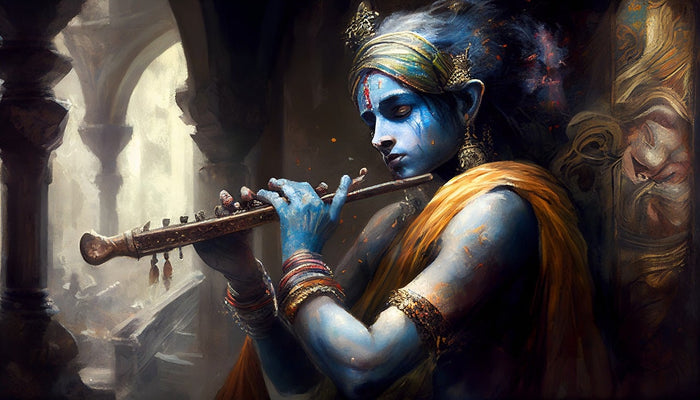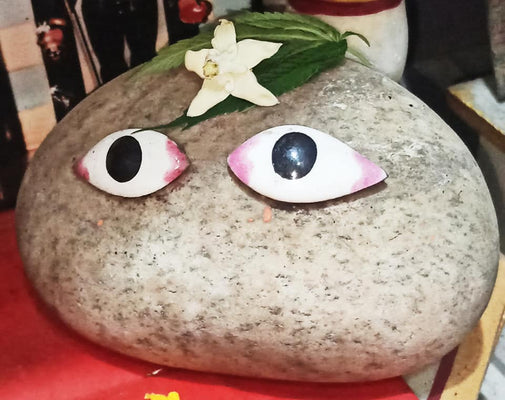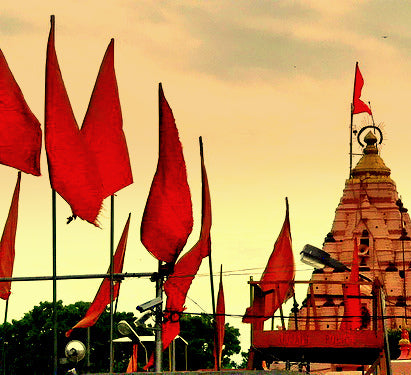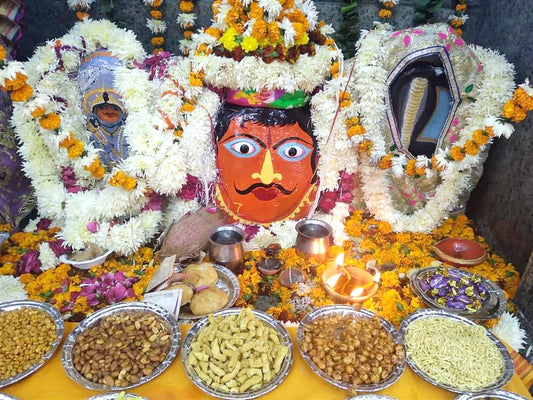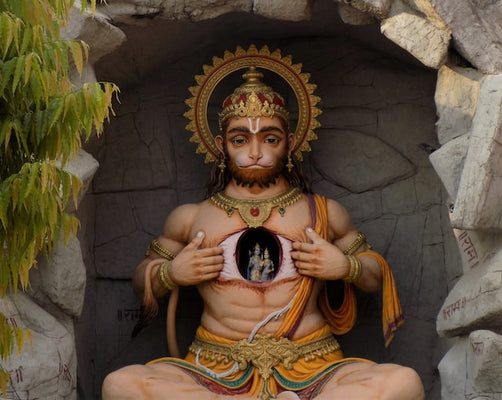Five Days of Diwali

Diwali, or Deepavali, is one of the biggest Indian festivals and also a major occassion in Nepal. The festival has great religious significance for Hindus, Sikhs, Jains and the Nepalese. In India, Diwali is now considered to be more of a national festival, and is enjoyed by most Indians regardless of faith. It is commonly celebrated by decorating homes with lamps and candles, bursting of firecrackers and sparklers, eating sweets and other mouthwatering dishes, praying to Gods and Goddesses, observing religious rituals, wearing new dresses and sending wishes and gifts to one another.
The word "Divali/Diwali" is a variation of the Sanskrit word "Deepavali" which means "a continuous line of lamps" (The word 'Deep' means "light", and 'avali' means "a continuous line"). Thus, Diwali is the time to celebrate with lights.
Hindus and Sikhs alike regard it as a celebration of life and use the occasion to strengthen family and social relationships. One of the most important Hindu festivals, Diwali marks the beginning of a new year in some Hindu calendars. For Hindus, the festival is not only the time to make merry but also the time to worship divine beings considered sacred in Hinduism like Lord Ganesha, Goddess Lakshmi and Lord Mahabali. It is also a significant festival for the Sikh faith. For Jains, it is an occasion to remember Lord Mahavira. In Nepal, Diwali is celebrated by many Buddhists as Tihar or Swanti.
Diwali is known as the "Festival of Lights". This is probably because of the manner in which it is observed. The festival is traditionally celebrated with activities like bursting crackers, lighting rows of candles and diyas (earthen lamps) around individual homes, holding dazzling fireworks display and igniting colourful sparklers. Known as the "Festival of Lights," Diwali commemorates the time when the Lord Rama returned to his hometown Ayodhya after defeating the evil demon king of Lanka, Ravana. Lord Rama was the king of Ayodhya who had, by his father's orders, went away from his country to live in the forest for fourteen years. But the people of Ayodhya loved their king very much and waited for years to meet with him again. And so, when news of Lord Rama's return came to them again, the people of Ayodhya, in the honour of their king and to celebrate his victory, burst crackers, lit up their houses with earthen lamps (diyas), and decorated the entire city in the grandest manner. Year after year this homecoming of Lord Rama is commemorated on Diwali with lights, fireworks, bursting of crackers and merriment. The festival got its name Deepawali, or Diwali, from the rows (avali) of lamps (deepa) that the people of Ayodhya lit to welcome their King.
Today Diwali is celebrated across the world as the "Festival of Light," where the lights or lamps signify victory of good over the evil within every human being .
As a family festival, Diwali is celebrated 20 days after Dussehra, on the 13th day of the dark fortnight in the month of Ashwin (October / November). Ashwin is the seventh lunar month on the Hindu calendar. Diwali is celebrated for 5 days, commencing on Dhanteras and concluding on Bhai dooj.
First Day
Dhanteras is the first day of Diwali. 'Dhan' refers to wealth; hence, this day is celebrated to worship Lakshmi, the goddess of wealth. On this day, obeisance is also paid to Dhanavantri, the doctor of the Gods. This day is also known as Dhantrayodashi or Dhan Teyras. Another name for the first day of Diwali is Yamadeepdan. This name is associated with Yama, the god of death. The sixteen year old son of King Hima was destined to die on this day. However, the devotion of his wife impressed Yama so much that he returned back without taking the Prince's life.
On this day, earthen lamps are lit for ancestors of the family and the lamps are floated down a river or pond. Lamps are also lit at the entrance of a home. Offerings comprising of water, rice, jaggery, vermillion, and flowers are kept for Yama. In South India, this day is known as Asweyuja Bahula Thrayodasi. It is a very auspicious day and every household celebrates by buying silver or gold items. If this is not financially possible, then at least new utensils are purchased.
Second Day
In most of northern India, the second day of Diwali is known as Choti Diwali or small Diwali. Since it is Diwali on a smaller scale, only five to seven lamps are lit and placed at the entrance of the house. A few crackers are burst as well. This day is also known as Roop Chaturdasi. Hindus perform a ritual bath and meditate in order to enhance their beauty. In connection with this, the second day is also referred to as Kali Choudas. People apply kajal (black eye liner) to the eyes in order to ward off kali nazar (evil eye).
In South India, the second day is called Narkachaturdashi. It is celebrated to commemorate the death of the demon king, Narakasura. In Andhra Pradesh, this day is also known as Divvela Panduga. At the end of this day, people take a bath with oil, accompanied by the bursting of firecrackers.
Third Day
The third day is the most important day of Diwali. This day is dedicated to the worship of goddess Lakshmi. For Jains, this day is known as Deva Diwali. On this day, homes are brightly lit, and scriptures are read in order to worship Lord Mahavir. Kashmiri Pandits celebrate this day as Sukhsuptika, which literally means sleep with happiness. Badhausar is the name given to this day in Gujarat. It is believed that on this day, goddess Lakshmi visits all homes that are brightly lit.
In some south Indian states, Diwali is known as Balindra Puja. On this day, a puja is performed to Lord Krishna and an offering of oil is made. Sikhs celebrate Diwali as Bandi Chhor Divas. This day is celebrated as a day of freedom by the Sikhs. Sindhis celebrate Diwali as Diyari. They too perform a Lakshmi puja on this day.
Fourth Day
The fourth day of Diwali is usually celebrated as the New Year for most Hindus and is called as Bestavarsh. It is believed that Lord Krishna gave his protection to a cowherd family in Vrindavan to save them from the anger of Lord Indra. Hence this day is also termed as Annakoot. In Karnataka, this day is celebrated as Bali Pratipada. On this day, the demon king Bali descends to the earth to visit his loyal subjects.
Fifth Day
The fifth day of Diwali is dedicated to celebrating the sacred bond between brothers and sisters. This day is mainly known as Bhai Dooj. However, there are variations in this name depending on the different parts of the country. In Bengal, this day is called as Bhai Phota while in Maharashtra, it is known as Bhau-beej. The fifth day is also referred to as Yamadwitheya. On this day, Lord Yama visited his sister Yamuna. This is also why this day is special for brothers and sisters.
No matter what the name, Diwali is a time of great festivity. The celebrations are widespread and varied and are enjoyed no matter where you are.


